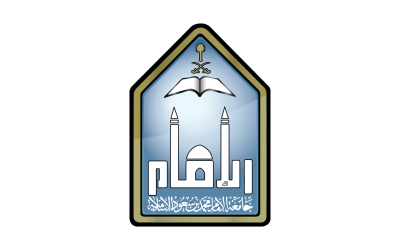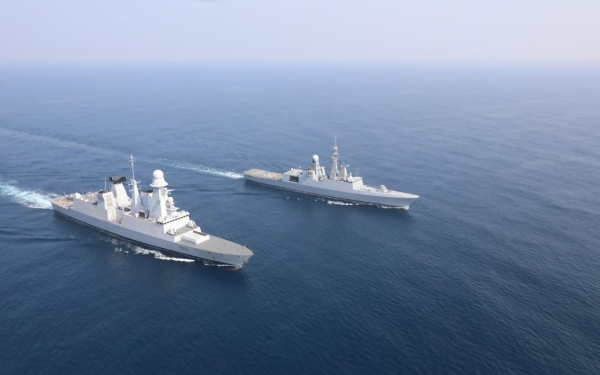
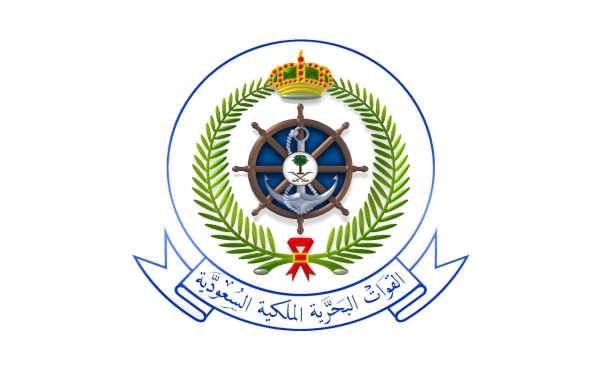
The Royal Saudi Naval Forces, a branch of the armed forces under the Ministry of Defense in the Kingdom of Saudi Arabia, is tasked with defending the security and safety of the Kingdom's territories and territorial waters. Its initial establishment dates back to 1957, under the name of the Navy. In 1960, al-Riyadh frigate joined the service of the armed forces, becoming the first naval vessel owned by the Naval Forces.
The Naval Forces possess two fleets: the Eastern Fleet on the Arabian Gulf and the Western Fleet on the Red Sea. Additionally, they comprise a comprehensive military force consisting of battleship units, administrative and technical support units, a naval aviation group, marine infantry, and special naval security units.
Stages of establishing the Royal Saudi Naval Forces
King Saud Bin Abdulaziz Al Saud ordered the dispatch of a Saudi delegation to join naval military institutes on March 18, 1955. After selecting the students, they were sent to the naval colleges and schools in the Arab Republic of Egypt, specifically in Alexandria. During the scholarship period, approval was granted to establish the Naval School on September 25, 1957, marking the first independent nucleus of the Naval Forces.
The Naval School was inaugurated one month after the approval announcement, and the formation of its departments was approved at that time. On May 16, 1961, its name was changed to the Maritime Training Center in Dammam, then to the Naval Base in the following year. On April 11, 1967, the base commander was directly linked to the Chief of General Staff of the Army, and the following year, the base's name was changed to the Naval Force. Subsequently, the royal decree was issued on July 2, 1973, officially adopting its current name, the Royal Saudi Naval Forces.
Beginning of the Royal Saudi Naval Forces
The true beginning of the Naval Forces in the Kingdom dates back to the arrival of al-Riyadh frigate. It was the first naval unit purposefully built for the Navy Forces and is currently located to the left of the entrance of the King Abdulaziz Naval Base in al-Jubayl, positioned above a concrete base to symbolize the establishment and launch of the Royal Saudi Naval Forces.
King Saud named it al-Riyadh, and an official protocol was followed to name the frigate, appoint its commander, and put it into service in the Royal Saudi Navy fleet on February 26, 1962, making it the first combat naval unit to hoist the Saudi flag and bear the immunity of naval vessels.
Al-Riyadh frigate began its first sailing mission within the territorial waters on February 28, 1962. The journey started from the port of Dammam to the King Saud Port in the neutral zone between the Kingdom and the State of Kuwait, passing through al-Jubayl, Ras Mish'ab, and as-Saffaniyyah. This mission aimed at training and familiarizing with the maritime ports of the Kingdom. Additionally, the first sailing mission beyond territorial waters was to the Kingdom of Bahrain in the same year. To enhance the naval units at the time, the Kingdom formed a specialized team that traveled to several countries to search for vessels meeting its requirements, ultimately deciding to purchase German torpedo boats.
Development of the Royal Saudi Naval Forces
King Faisal Bin Abdulaziz Al Saud directed the defense and aviation officials to search for a project to develop the Navy Forces. Several projects were presented, including the American project, which was approved by the Council of Ministers on March 13, 1974. The project was launched under the name of the Saudi Naval Expansion Program, abbreviated as SNEP. It consisted of the Naval Forces Command building in Riyadh, and bases in al-Jubayl and Jeddah, along with communication centers between the command and the bases, and the linking mechanism between the naval bases. Additionally, it included a naval college building, residential quarters for naval personnel in the three provinces, providing various services and medical facilities, as well as combat units consisting of twenty-five naval vessels.
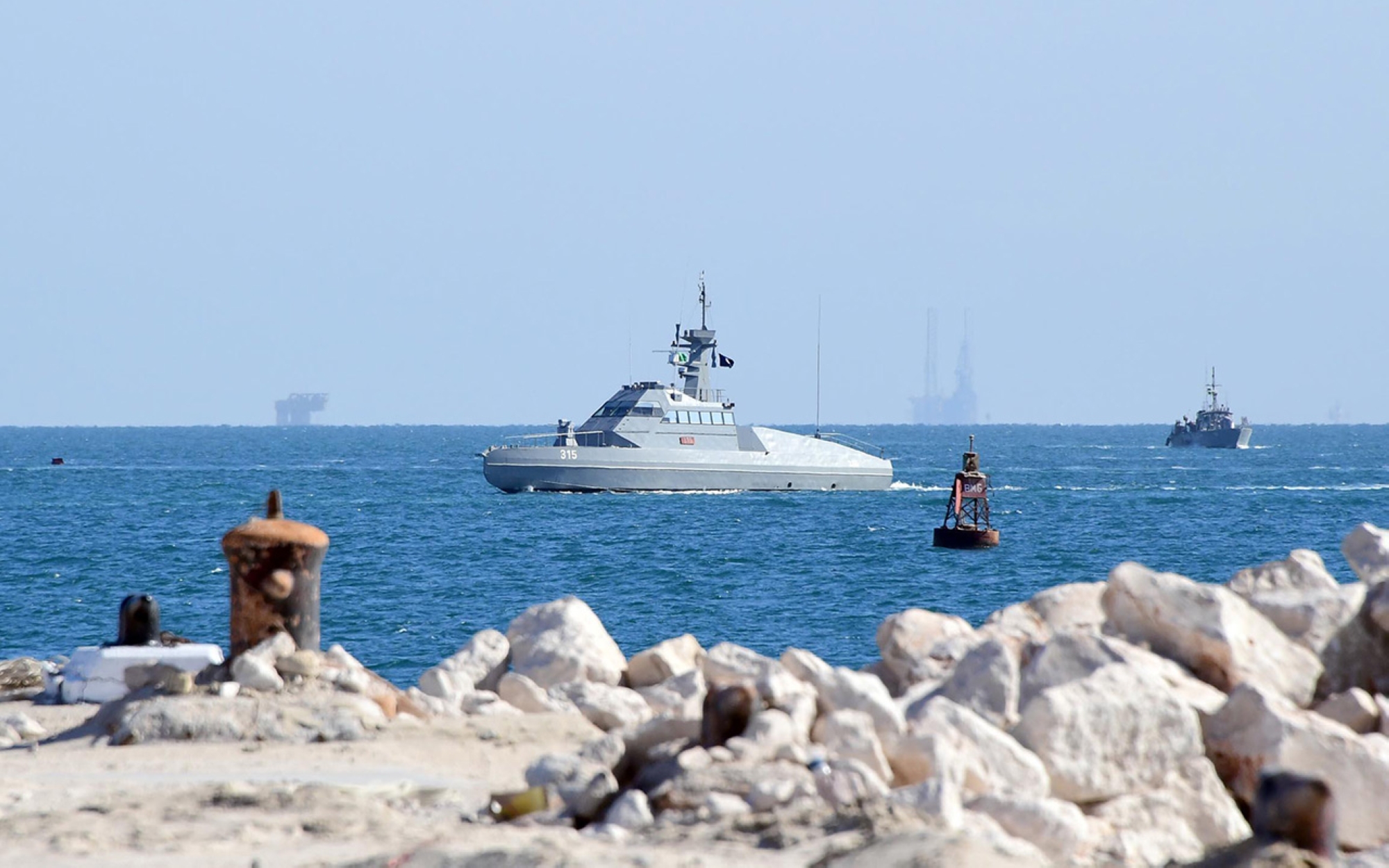
Equipment and devices of the Royal Saudi Naval Forces
After the naval forces expansion program, there arose a need for additional naval capabilities, capable of enduring long voyages and accommodating helicopters, alongside logistical capabilities for navigation between the eastern and western coasts, according to defense requirements. To diversify sources of armament, the Kingdom signed a preliminary agreement with France on May 12, 1980, to supply suitable equipment and devices for the Royal Saudi Naval Forces. Five months later, the project contract was signed in al-Jubayl, valued at SAR12 billion, named the Sawari I Project. It includes a number of ships, helicopters, training aids, logistical support, as well as training contracts, maintenance contracts, and spare parts supply contracts for ten years.
The Kingdom also signed with the French government on November 19, 1994, the Sawari II Project to provide the Kingdom with modern naval units, including the La Fayette F3000S multi-mission ship. These advanced ships constitute a strong addition to the naval forces, playing an active role today in protecting the Kingdom's waters, shores, and allies in the region.
Implementation of projects for purchasing boat sets
The Kingdom began implementing projects to purchase various boat sets to protect offshore oil platforms and provide support in ports and ship services. The first batch of these boats arrived at Jeddah port on August 25, 1980. Subsequent boat projects included the Barq Project and the Raad Project. Additionally, the Kingdom signed a project with the French Republic for French fast interceptor boats on April 20, 2019. The project includes manufacturing part of the boats in France and the other part in the Kingdom as part of a technology transfer program. The first batch of this project arrived at Ras Mish'ab Military Port on January 23, 2020.
Military bases of the Royal Saudi Naval Forces
The headquarters of the Royal Saudi Naval Forces is located in Riyadh City, housing the office of the commander of the naval forces and its affiliated departments, along with the office of the deputy commander and four agencies: the Naval Forces Management Agency, the Naval Forces Supply and Logistics Agency, the Naval Forces Operations Agency, and the Naval Forces Intelligence and Security Agency, along with several departments and commands directly associated with the commander of the naval forces.
The Naval Forces possess two naval bases. The first is the King Abdulaziz Naval Base in al-Jubayl, Eastern Province. It was officially inaugurated on November 24, 1980, by King Khalid Bin Abdulaziz Al Saud. The second base is the King Faisal Naval Base in the city of Jeddah, west of the Kingdom. It was inaugurated on August 21, 1984, by King Fahd Bin Abdulaziz Al Saud.
The Naval Forces established a support base, initially formed under the name Prince Salman Naval Support Base in Riyadh on May 7, 2013. Then, on October 6, 2015, a royal order was issued to change its name to King Salman Naval Support Base in Riyadh.
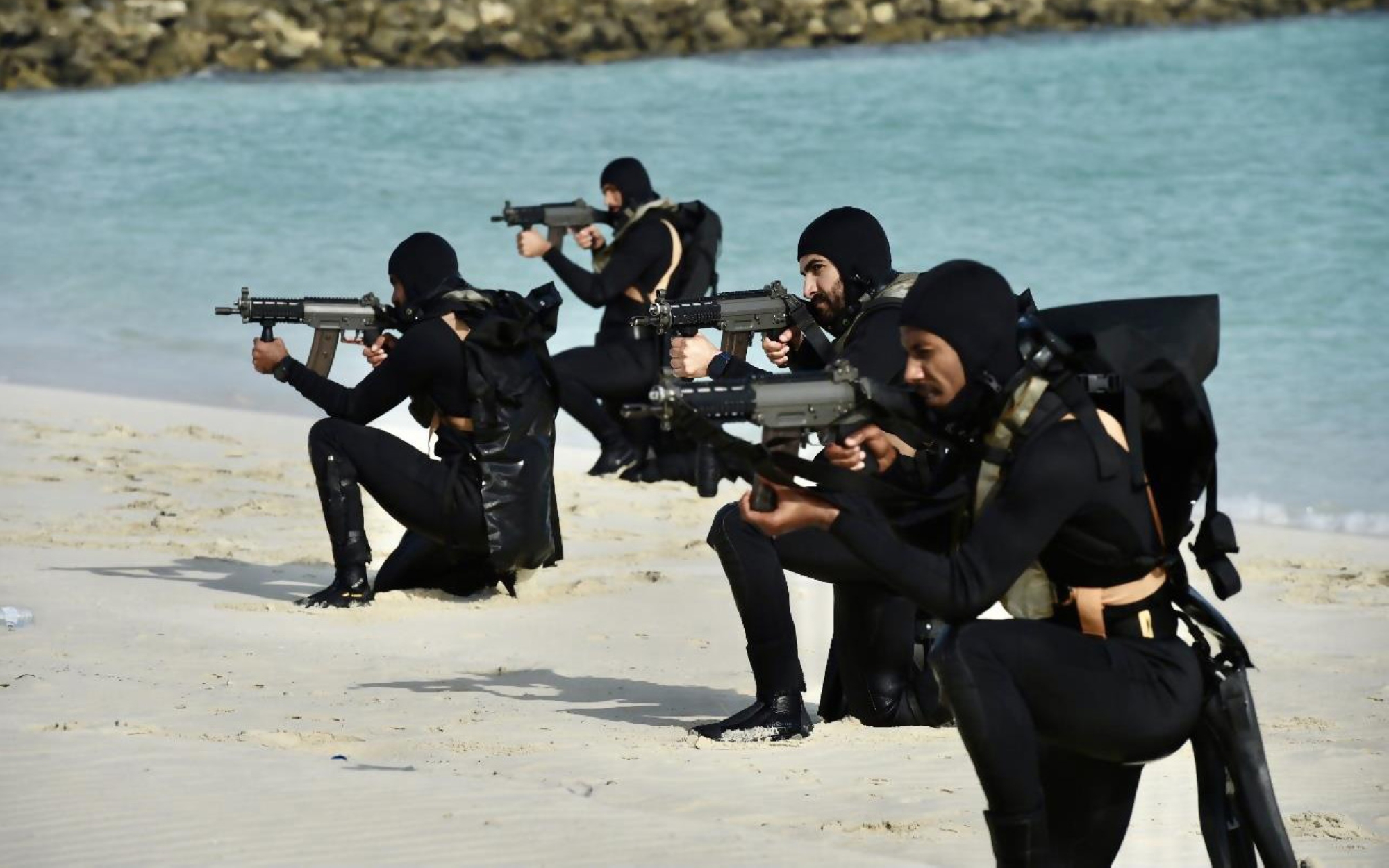
Facilities of the Royal Saudi Naval Forces
Training centers and institutes
The Naval Forces, in their system, have launched a number of educational and training facilities, including: the Technical Institute of Naval Studies in Dammam, which was previously called the Naval School, and graduated the first batch whose members established the Naval Forces in the Kingdom, and the Naval Forces Schools in al-Jubayl, which were part of the Saudi Naval Expansion Program (SNEP) plan. Their formation began on January 6, 1980, under the name of the Institute of Technical Studies in al-Jubayl. The name was changed the following year to the Naval Forces Schools in al-Jubayl, and it then expanded to include thirteen schools in various specialties. This comes in addition to the Naval Training Center in Jeddah, a training center for non-technical specialties such as military police, military music bands, and support service providers. The center was initiated after it was moved from Dammam to Jeddah and reformed under the name of the Recruits and Marine Infantry Training Center on May 5, 1981. Later, a decision was made to change its name to the Naval Training Center.
King Fahd Naval Academy
The Naval Forces system includes the King Fahd Naval Academy in al-Jubayl, which is a higher education institution subject to the Saudi Law of Military Academies. It was established by the Council of Ministers resolution on April 20, 1983, on establishing a naval academy in al-Jubayl and naming it after King Fahd. It started in a temporary location at King Abdulaziz Naval Base until June 20, 1985. The academy was formed with the approval of the first phase of its statute within the naval forces' budget for that year and welcomed its first cohort of students in the same year.
Naval Forces schools
The Naval Forces schools are located in Jeddah at the King Faisal Naval Base and were inaugurated on August 29, 2001. They include thirteen schools in various specialties. Additionally, there is a Marine Infantry School at the Ras al-Ghar military port in the Eastern Province, which comprises eight wings in different specialties. There is also the Fleet Training Center, abbreviated as FTC, which is a training center in the theater of operations through simulators that emulate tactical hypotheses. It has two centers: the first is at the King Abdulaziz Base in al-Jubayl, and the second is at the King Faisal Base in Jeddah.
Related quizzes

